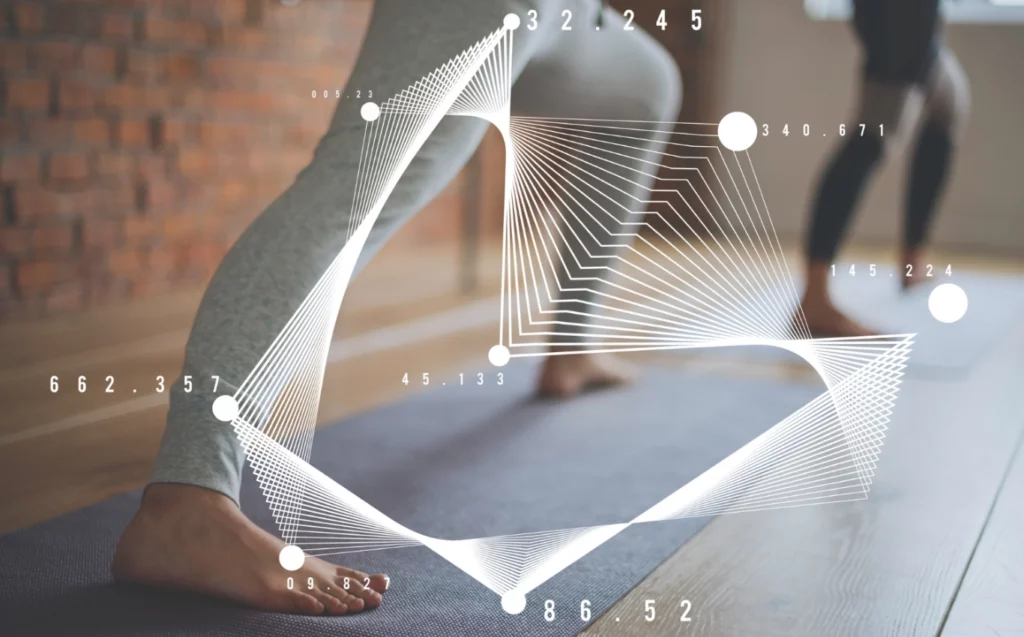Foot posture analysis uses set criteria and a simple scale, and is a quick, reliable diagnostic tool.
It is used to quantify the degree to which a foot is pronated, neutral or supinated. It is a measure of standing foot posture and for gait assessment. It is however a more valid approach than many of the static weightbearing and non-weightbearing goniometric measures currently used in clinic.
The applications include studies of biomechanical risk factors for:
- neuropathic ulceration in diabetes
- investigating the relationship between foot types and risk factors for sports and training injuries
- investigating whether foot posture is associated with falls in older people
- means of assessing age-related differences in foot structure.
Physiotherapy Relevance
The results help in deciding the appropriate interventions to use with your patient,
e.g. strengthening, stretching, manual therapy or gait training.
The results also helps in deciding the appropriate orthotic for the patient.
Poor foot position sense is thought to hinder accommodation between the plantar surface of the foot and the support surface, thus requiring postural adjustments more proximally to maintain upright posture and balance.
Investigators found static and dynamic balance to be adversely affected by changes in peripheral input secondary to joint injury and changes in the stability of the surface on which one is standing.
An excessively supinated foot, characterized by a high arch and hypomobile midfoot, may not adequately adapt to the underlying surface, increasing the demand on the surrounding musculoskeletal structures to maintain postural stability and balance.
Further, it has been suggested that the cavus foot has less plantar sensory information to rely on than the normal or pronated foot.
Conversely, excessive pronation is characterized by a flattening of the medial arch and a hypermobile midfoot but may also place greater demands on the neuromuscular system to stabilize the foot and maintain upright stance.
Researchers examining orthotic intervention in those with excessive pronation support this contention, finding changes in muscle activity at the ankle, knee,and hip when the degree of pronation is altered sufficiently.
Relation of foot arches with other joints.
- Pes Planus (Flat Foot) disorder has been found to be associated with frequent knee pain and medial tibiofemoral (TF) cartilage damage.
The flattening of the foot causes this pain and damage within the knee by forcing the tibia to rotate internally increasing the rotational pressure on the TF joint.
2.High arch feet can cause ankle instability and increase your risk for ankle sprains.
3.Metatarsal fractures: Because high arches can cause repeated stress, people with the condition may develop hairline fractures in the bones of the foot.
- Low back pains: foot arch can change your posture, making your lower back curve more than it should. In turn, this can leave you with low back pain.
Similarly, the way your feet turn—called pronation—also impacts your back. If your feet overpronate, or turn inward when you walk or run, you may notice back and knee pain.
Or, if you supinate—your feet turn outward—you can impact your spinal alignment. Soon, lower back pain will come calling.
- Plantar Fasciitis, a condition that develops when the ligament that runs along the bottom of your foot becomes inflamed.
Typically, this causes heel and arch pain. But untreated plantar fasciitis can also lead to lower back pain, as the trouble in your feet impacts your gait. - Even a bunion could explain your lower back pain. When your foot changes shape because of this growth, your posture changes, too leading to back pain.
- Pressure shifting directly on your spine
the cervical spine is also affected, it’s possible to have upper back or neck pain related to an imbalance that starts in the feet. - To provide Foot Orthoses
A foot orthosis is generally referred to as an “externally applied apparatus that can be inserted in a shoe to help support or improve the function of the foot and/or ankle.”
The main goals of an orthotic device are to improve biomechanics, re-distribute pressure or to accommodate congenital or acquired deformities.
The ultimate aim is to achieve / maintain near-neutral subtalar joint alignment during the gait cycle or the individual’s highest functional level.
Correct, if mobile
- Accommodate if not
- Shock absorption
- Re-distribute pressure
- Leg Length Discrepancy (LLD)
To find it the patient has any of the following:
Pelvis Dipping
Pelvic obliquity
Retraction
Scoliosis
Apparent leg length
Actual leg length - Diabetic foot
Assessment of foot include , - visual inspection of bare foot
- deformities
3.neurovascular abnormalities of foot and assessment of footwear.
Relevant assessment and proactive foot care can reduce the burden of diabetic foot disease which will increase quality of life and reduce health care costs.
Conclusion
Patients may not receive the foot assessment follow-up necessary to identify warning signs of recurrence and provide appropriate management.
Low-risk individuals may progress to medium-risk or high-risk and should continue their foot examinations annually. More frequent follow-up is recommended for medium-risk or high-risk patients.

